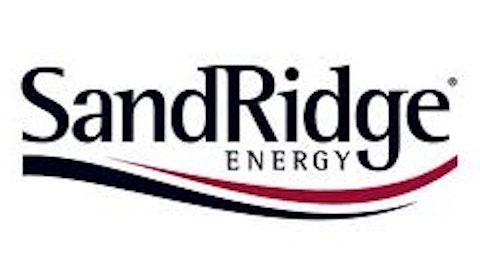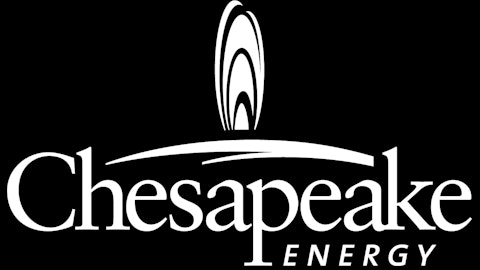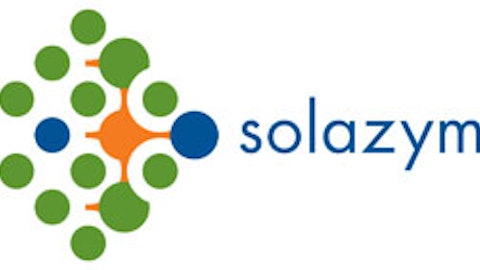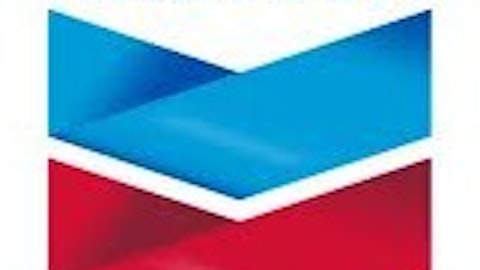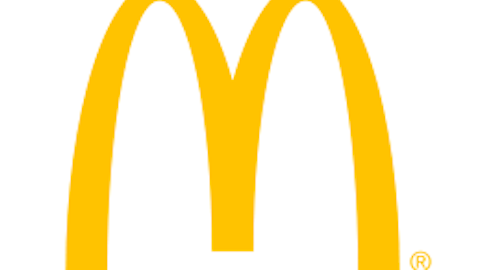
Refining Pays Off
During their operations during 2012, Exxon Mobil Corporation (NYSE:XOM) and Chevron Corporation (NYSE:CVX), the two largest U.S. energy producers, resisted the trendy strategy of divesting refineries to focus on oil drilling. In hindsight, hanging on to those refineries did quite well for them.
Even as investors and analysts strongly suggested selling some of the refineries, earnings from crude processing have more than made up for lower returns from oil and natural gas exploration during the last quarter of 2012. Fourth quarter net income climbed to a five-year high of nearly $10 billion for Exxon, while Chevron Corporation (NYSE:CVX) got over $7 billion. Exxon Mobil Corporation (NYSE:XOM) also posted its second-highest yearly profit in history last year, only surpassed by its all-time high back in 2008.
During a presentation in New York last march, Exxon presented what they call the “Integrated model,” a scheme that joins refineries, chemical plants and oil production. This model enables it to add incremental value to all of its operations and capture the “highest value of each molecule.” Bryn Mawr Trust CIO Ernie Cecilia stated, “Even though refining has long been seen by some as a drag on earnings, it has now been vindicated. We like integration.”
On the other hand, Chevron’s refining unit processed more than 1 million barrels of crude at its plants around the world during the last quarter of 2012. This made it return to a profit of $925 million after posting a $61 million loss during the same period of last year.
On average, U.S. refinery margins increased 46% during the fourth quarter, partly as rising domestic oil production lowered the crude’s prices. With increasing supplies of oil from US shale formations, not only the oil giants are reaping the benefits. Valero Energy Corporation (NYSE:VLO) also posted a 20-fold rise in fourth-quarter net income, while Marathon Petroleum Corp (NYSE:MPC), the refinery divested by Marathon Oil Corporation (NYSE:MRO) in June 2011, posted a quarterly profit of $755 million after a loss of $75 million just a year earlier.
Consumers Able to Cut Back on Gasoline
It should also be noted that the idea that we will always consume increasing amounts of refined oil products is just not true. There is risk to betting on oil.
Gasoline consumption in the U.S. slid to its lowest level since July 2004 when Mastercard Inc (NYSE:MA) started tracking sales. MasterCard’s SpendingPulse reported gasoline sales at 7.82 million barrels per day for the week ending Jan. 4, lower by 3.5% compared to 8.1 million barrels per day sold for the prior period. The decline followed a similar decrease of 9.5% for the week ending Dec. 28. Demand in 2012 was lower 3.6% compared to 2011. It has been declining weekly since March 18, 2011. The information is based on data gathered from credit-card swipes, cash purchases and check payments at around 140,000 gasoline stations across the U.S. and assembled by the company’s consulting arm, MasterCard Advisors.
